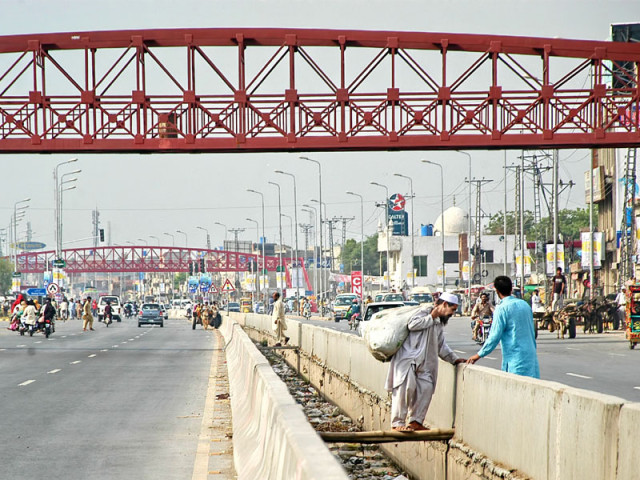
The government has spent some Rs332 million on overhead pedestrian bridges on the revamped Canal Road and Multan Road, but they remain largely unused. Most pedestrians continue to cross the road at ground level, sometimes after vandalising newly built barriers.
Eight bridges were built on Multan Road between Tokhar Niaz Beg and Scheme Mor at a cost of Rs17 million each. The road is divided by an open drain, covered on either side by concrete barriers two feet high. After setting up the overhead bridges, workers removed around 50 illegal crossings. Most of these have now been reestablished, ranging in design from a wood plank laid across the drain, to welded metal bridges with railings that are accessible through entrances carved into the barriers. Many of these are directly under the pedestrian bridges.
“We removed all the illegal crossings so that they would use the overhead bridges, but people insist on using short cuts,” said Multan Road Project Deputy Director Ilyas Shah. He said that they would launch another drive against the illegal road crossings. “People should realise that these bridges were built for their own good,” he added.
On Sunday, this correspondent witnessed pedestrians, young and old, cross the road at ground level and almost no one use the overhead bridges on Multan Road. Muhammad Shafi, a resident of Awan Town, walked across the road, climbed over the barriers, then across a plank over the drain. “I don’t have the stamina to go up the bridge. I’m too old,” he said.
Shafi said he knew that he should be using the bridge, “but since others are doing it I don’t see why I should take the longer route.”
The Canal
Similarly, eight pedestrian bridges were built on Canal Bank Road after the road was expanded by an extra lane, at a cost of Rs24 million each. But three bridges on the Canal remain, almost directly under the overhead pedestrian bridges, and people generally prefer using these. There is also a bridge across the Canal in front of GOR-I that is used by cyclists as well as pedestrians.
Muhammad Boota lives on Multan Road and cycles every day to Johar Town Society where he works as a driver. He said that were he to use the overhead pedestrian bridge instead of one of the bridges across the Canal at ground level, he would add half an hour to his journey.
“I should cycle four kms to Doctors’ Hospital, then four kms back to my destination across the road? That would take over half an hour more than just crossing the bridge.”
Ring Road
Pedestrians using ground crossings is even a problem on the Ring Road, which is covered on either side by a six-and-a-half-feet wall. There are 20 overhead pedestrian bridges, costing Rs17 million each, on the Northern Loop of the Ring Road, said Ring Road Authority Deputy Director Najam Waheed.
“I’ve seen elderly men and women and children climb the wall after setting up stacks of bricks as steps, or driving iron rods into the wall to use as stepping stones,” he said. “Around once a month, someone tries to make a hole in the wall. Our department stops them.” Overhead bridges built on Maulana Shaukat Ali Road, Circular Road, Ravi Road, Jail Road and Ferozepur Road are also largely unused.
Published in The Express Tribune, April 23rd, 2012.
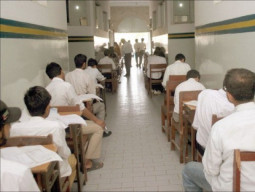


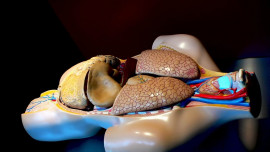
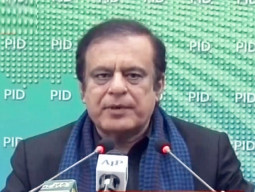


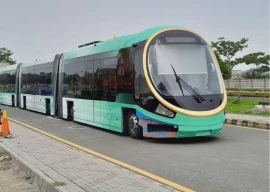










COMMENTS
Comments are moderated and generally will be posted if they are on-topic and not abusive.
For more information, please see our Comments FAQ